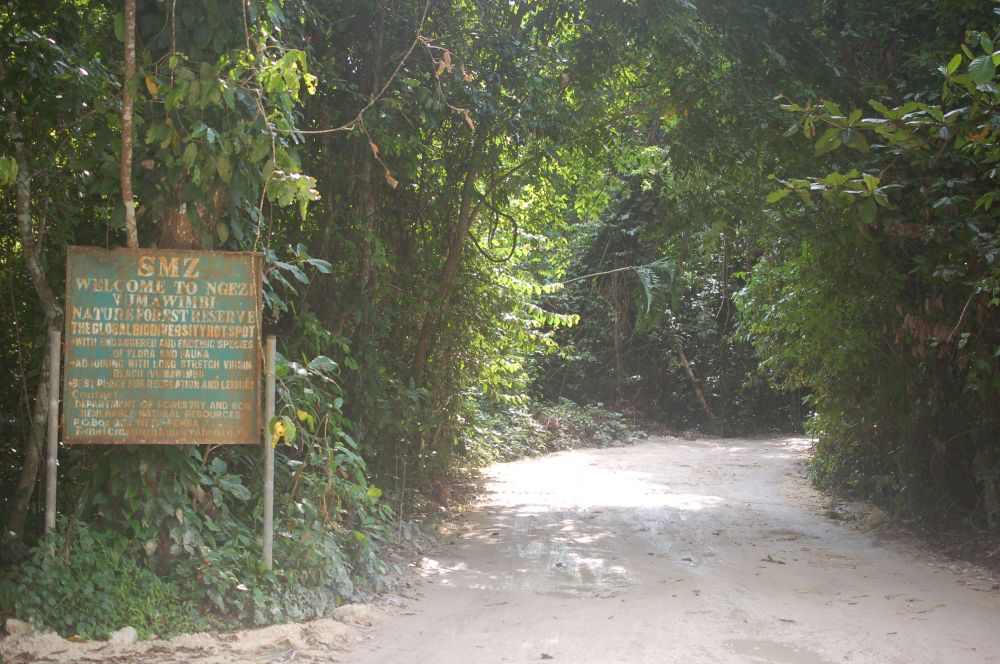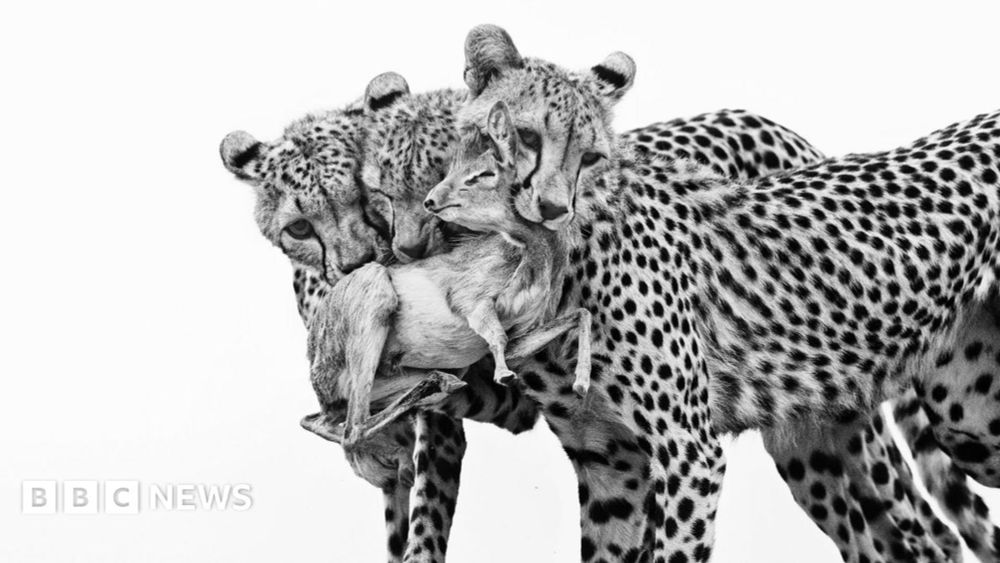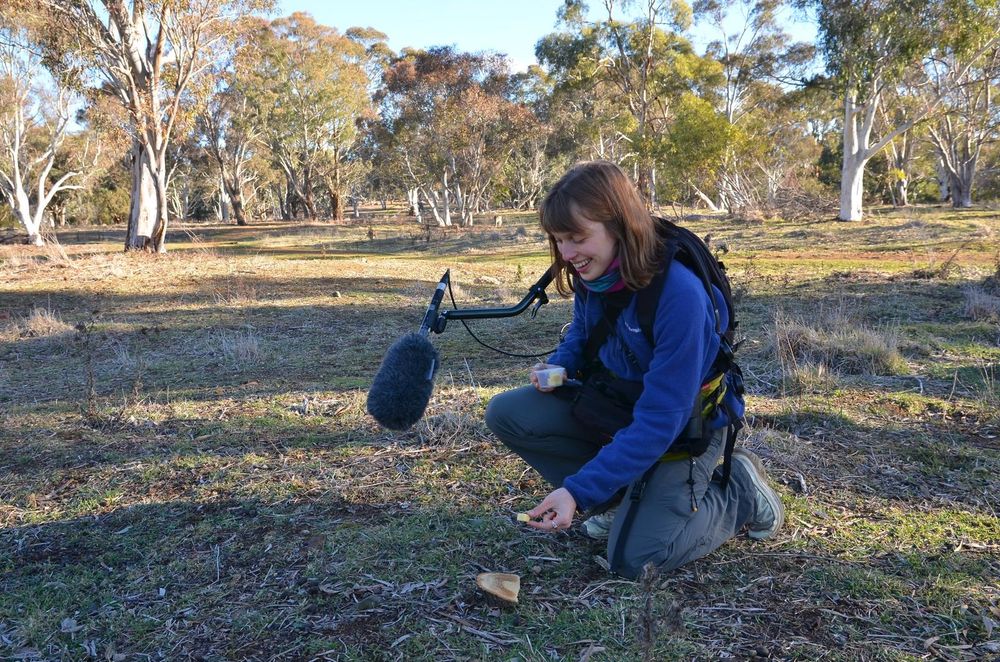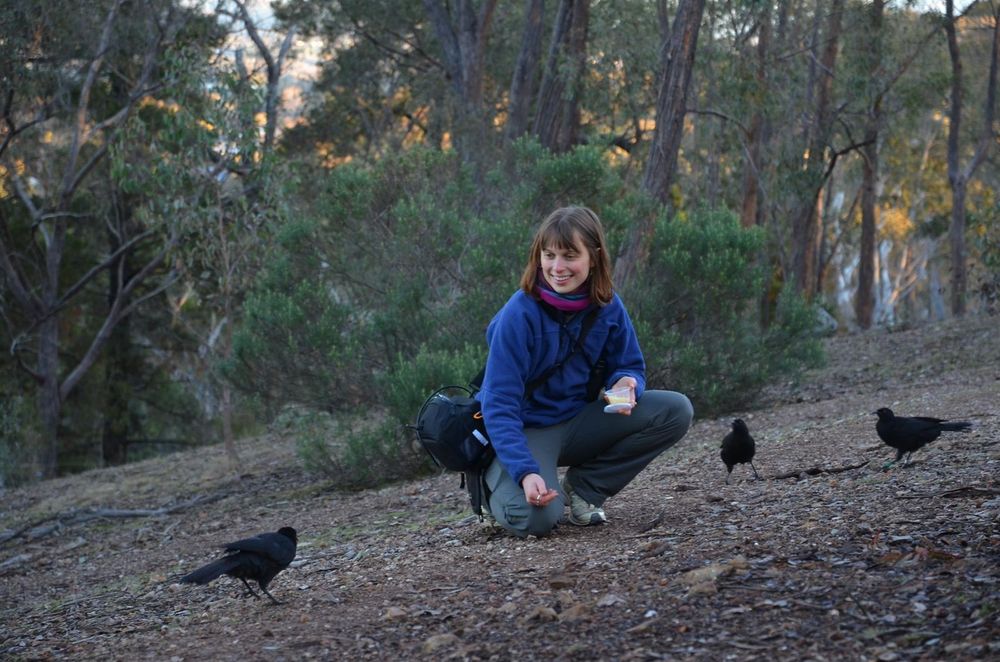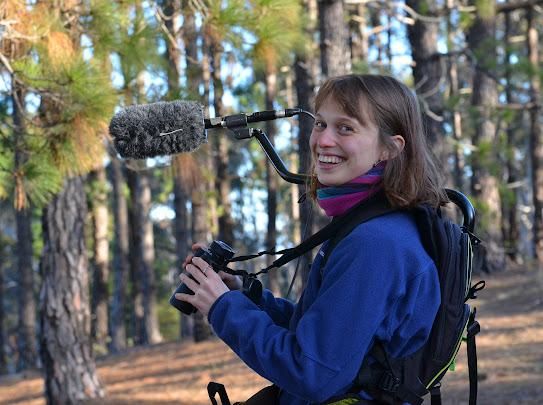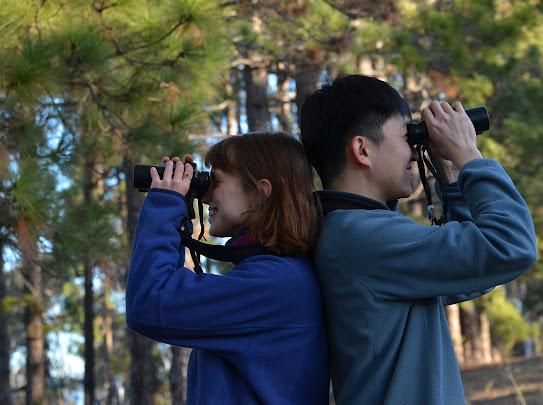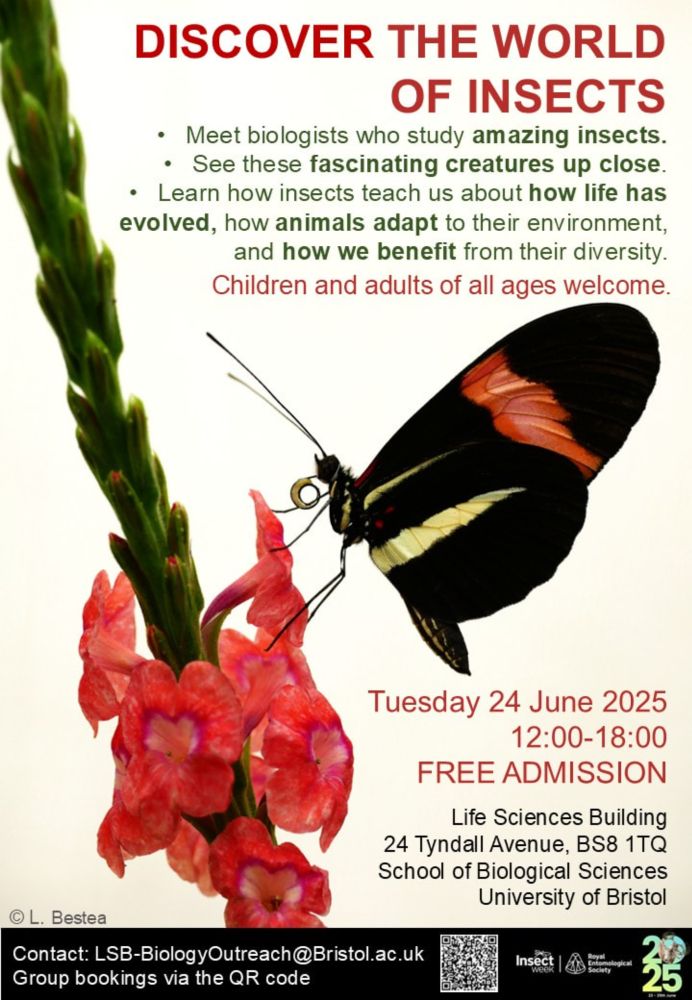University of Bristol Biological Sciences
@bristolbiosci.bsky.social
430 followers
110 following
24 posts
https://linktr.ee/biologicalsciences?fbclid=PAZXh0bgNhZW0CMTEAAaZeq2pENp0HVBWa20p9nRldchmlxIXSY9_-AZxREKqXzziw180VaudgV68_aem_vM2MJKBRBzXGoGy4TLR5aA
Posts
Media
Videos
Starter Packs
Reposted by University of Bristol Biological Sciences
Reposted by University of Bristol Biological Sciences
Reposted by University of Bristol Biological Sciences
Reposted by University of Bristol Biological Sciences
Reposted by University of Bristol Biological Sciences
Reposted by University of Bristol Biological Sciences
Sam England
@samjakeengland.bsky.social
· Jul 24
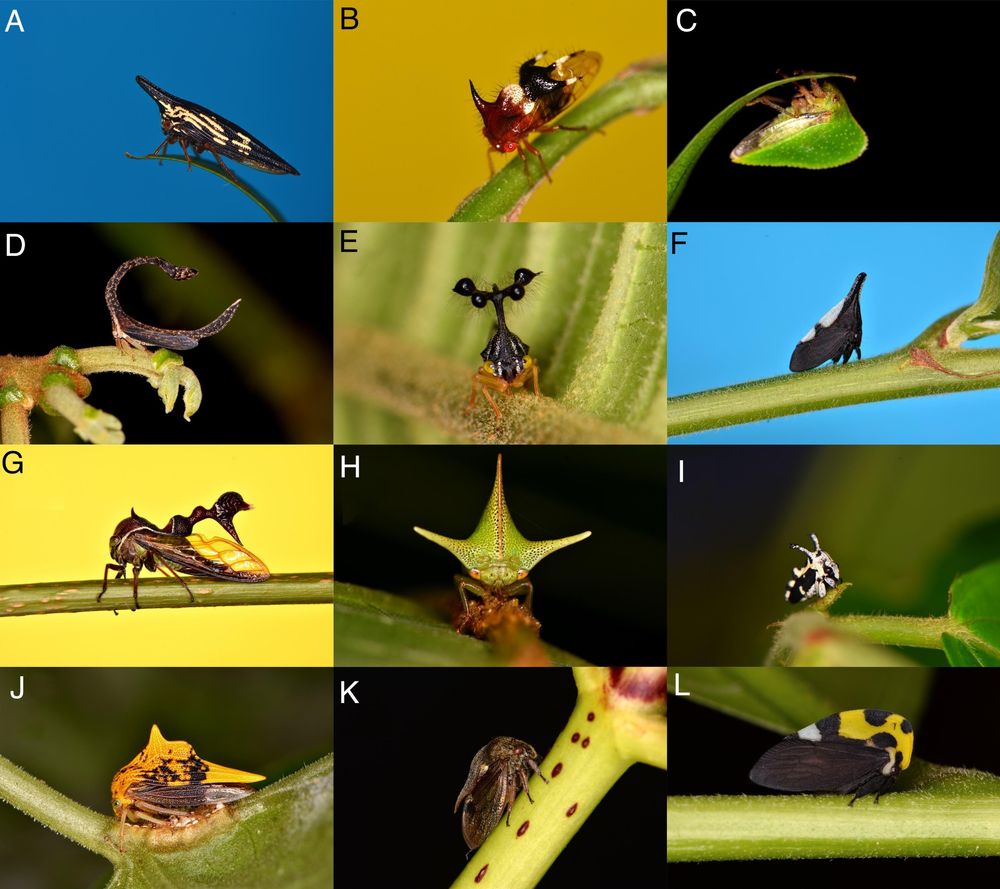
Electroreception in treehoppers: How extreme morphologies can increase electrical sensitivity | PNAS
The link between form and function of an organism’s morphology is usually apparent
or intuitive. However, some clades of organisms show remarkable ...
doi.org
Reposted by University of Bristol Biological Sciences
Andy Radford
@andyradford.bsky.social
· Jul 23
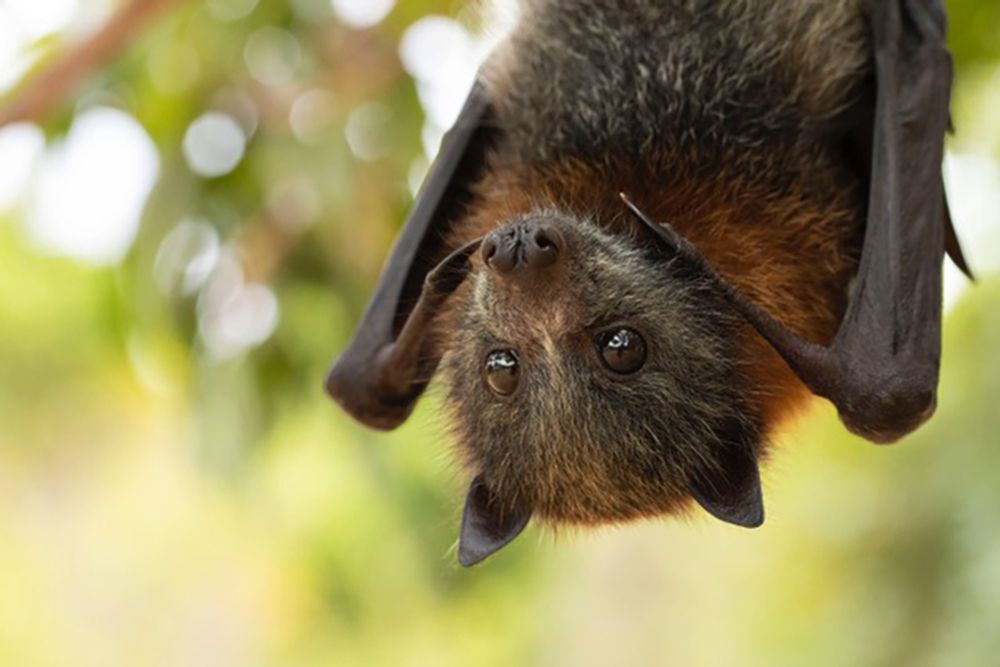
After the fight: post-contest acoustic signalling | Proceedings of the Royal Society B: Biological Sciences
Animal contests often involve acoustic signals at different stages, but empirical
work has primarily focused on usage before and during antagonistic interactions. Far
less attention has been paid to p...
doi.org
Reposted by University of Bristol Biological Sciences
Costanza Zanghi
@coszan.bsky.social
· Jul 14
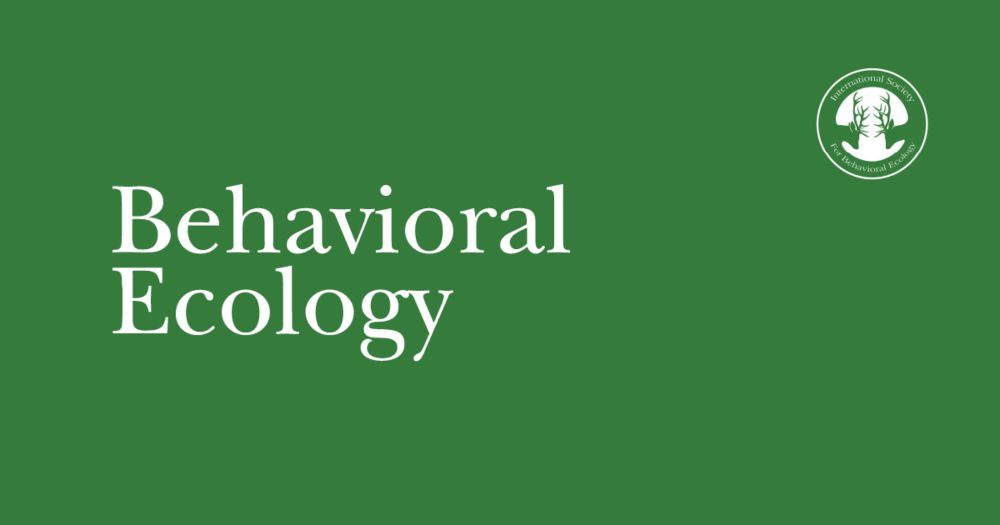
Enhanced conspicuousness of prey in warmer water mitigates the constraint of turbidity for predators
Abstract. Changes in environmental conditions impact predator-prey interactions by altering behaviour through sensory and non-sensory (e.g. metabolic or co
academic.oup.com
Reposted by University of Bristol Biological Sciences
Stephen Montgomery
@ebablab.bsky.social
· Jul 10
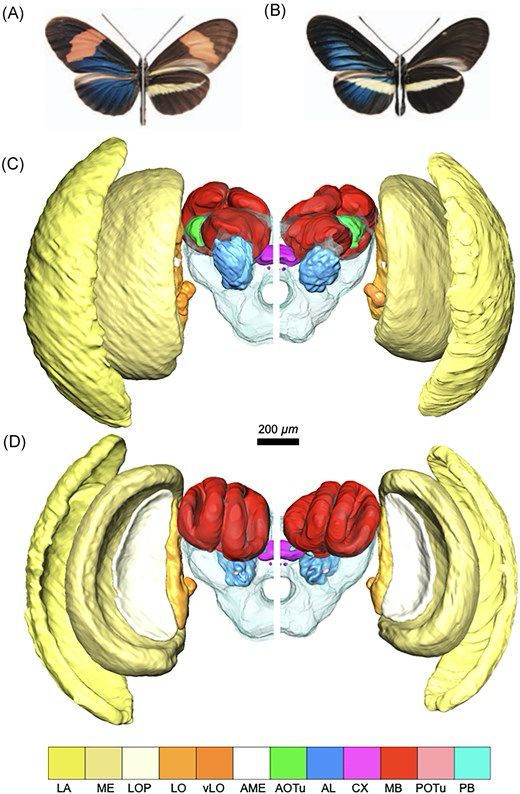
Repeated evolution of reduced visual investment at the onset of ecological speciation in high-altitude Heliconius butterflies
Abstract. Colonization of new habitats is typically followed by divergent selection acting on traits that are immediately important for fitness. For exampl
academic.oup.com
Reposted by University of Bristol Biological Sciences
The Royal Society
@royalsociety.org
· Jul 12
Reposted by University of Bristol Biological Sciences
Reposted by University of Bristol Biological Sciences
Reposted by University of Bristol Biological Sciences
Dr Chris Clements
@expecocons.bsky.social
· Jun 24
Kerry Stewart
@kerrys189.bsky.social
· Jun 24

Threat reduction must be coupled with targeted recovery programmes to conserve global bird diversity - Nature Ecology & Evolution
Projections of extinctions of bird species and losses of functional diversity over the next 100 years suggest that even immediate and widespread threat abatement would be insufficient to prevent losse...
www.nature.com
Reposted by University of Bristol Biological Sciences
Reposted by University of Bristol Biological Sciences
Reposted by University of Bristol Biological Sciences
Reposted by University of Bristol Biological Sciences


